|
Field School is excited to announce three courses now available for open enrollment this summer. Read on to learn about how to get into the field with us and get hands-on research experiences ranging from shark tagging to operating underwater ROVs! Tropical Marine Biology and EcologyJoin us for an amazing five day research adventure in the Northern Florida Keys! This course will visit mangrove and seagrass habitats, offer lectures on coral reef biology and ecology (including reef snorkels), train you to identify fish species while teaching you about tropical fish ecology and biology, and take you on a hands-on shark tagging trip. Photos from last summer's Tropical Marine Ecology course where students learned to use fish traps to non-lethally survey fish populations, take samples from and identify different shark and fish species, swim transects, use quadrats to monitor seagrass beds, and gained hands-on knowledge of a variety of tropical marine ecosystems. |
Field Notes
Archives
July 2021
Categories |
|
Partner with us! We are always looking for new schools, scientists, and non-profit organizations to partner with. Please contact us here to start a conversation.
Hear from us! Sign up for our newsletter to hear about what is happening at Field School as well as upcoming offers and specials. |

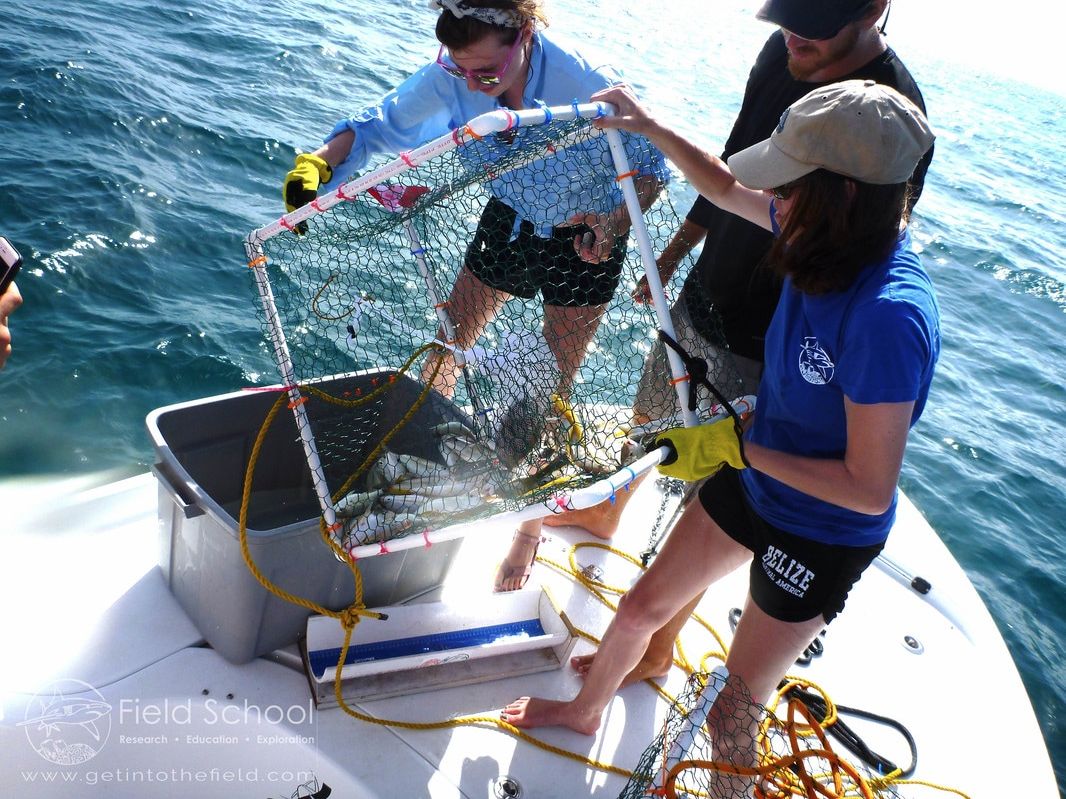
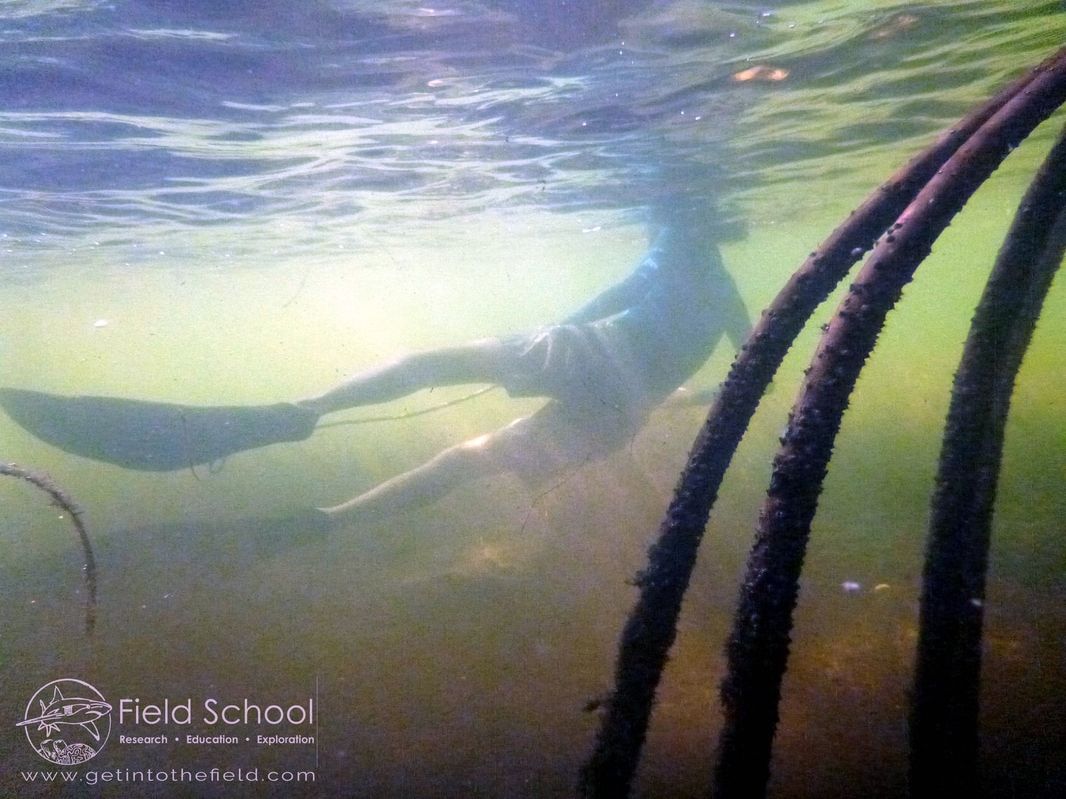
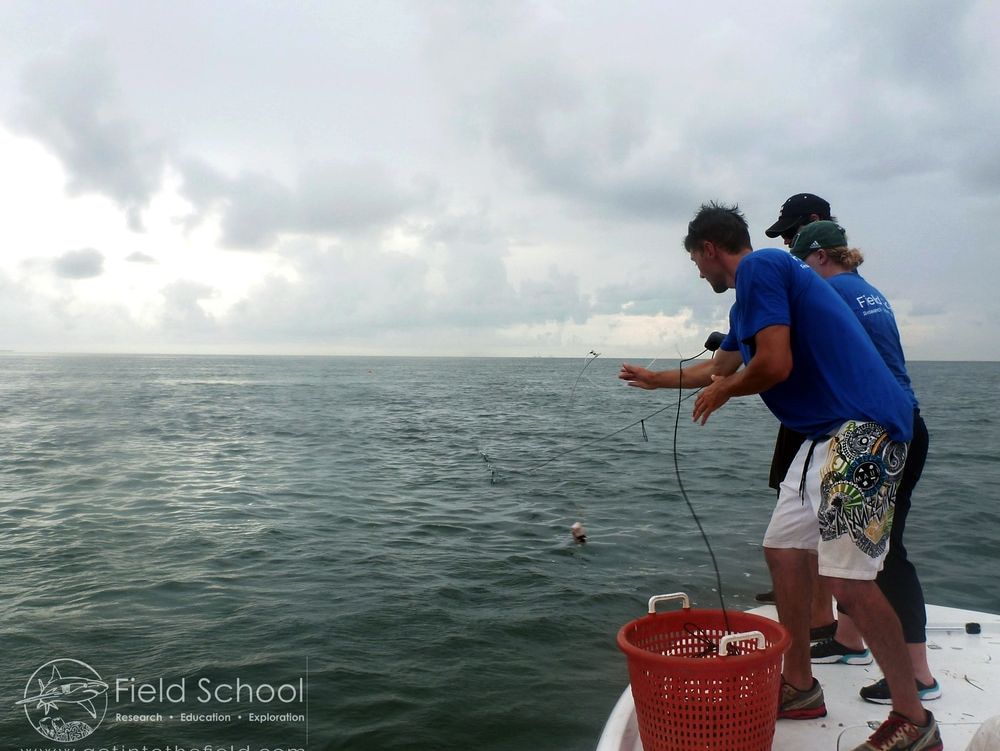
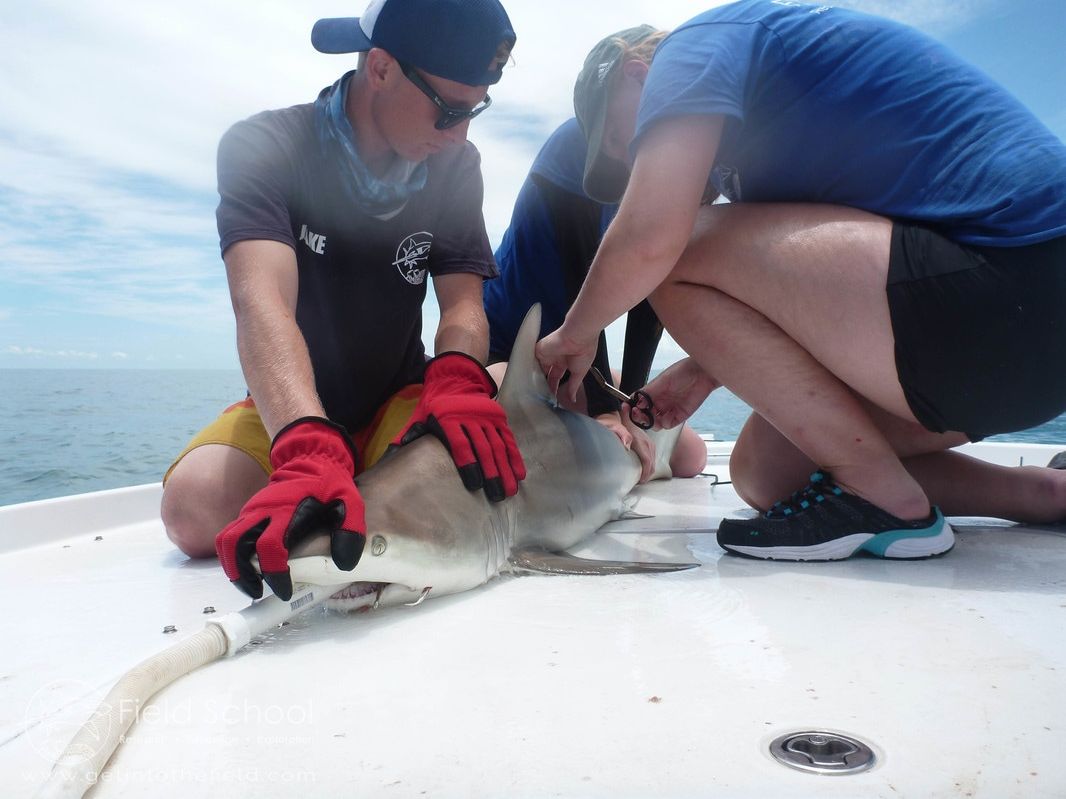
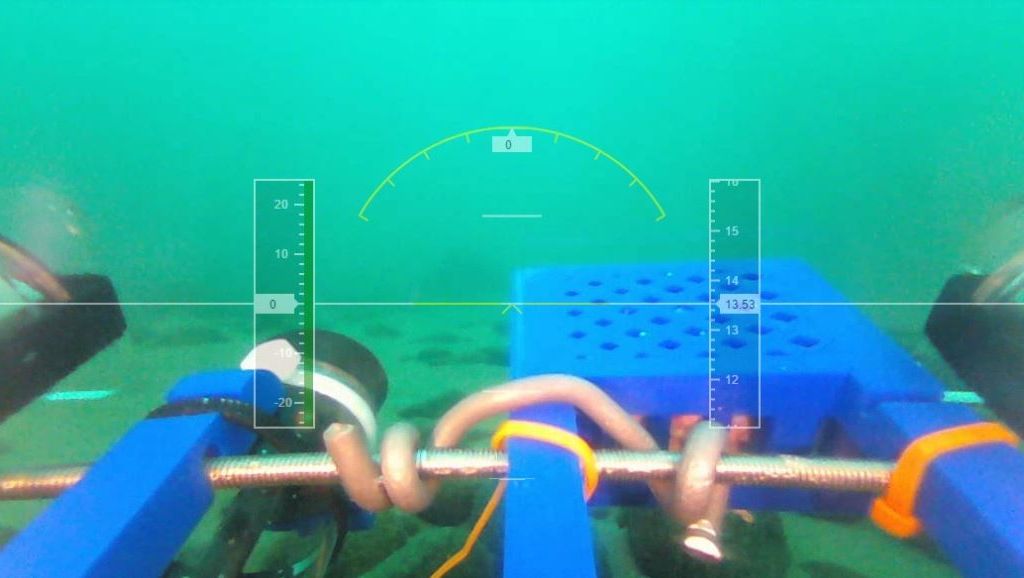
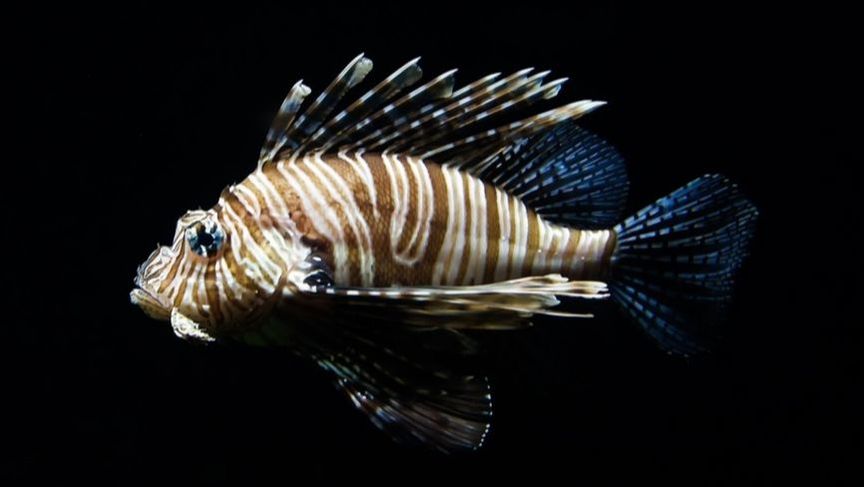
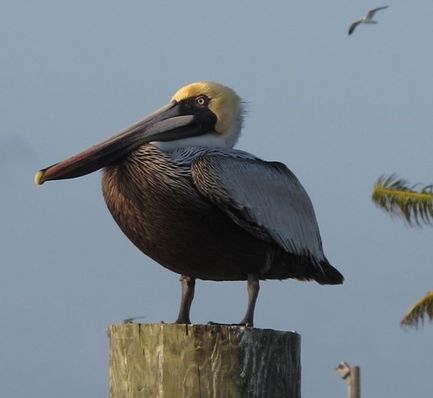
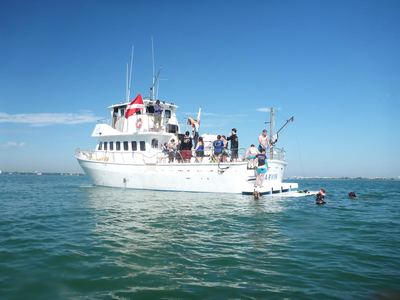
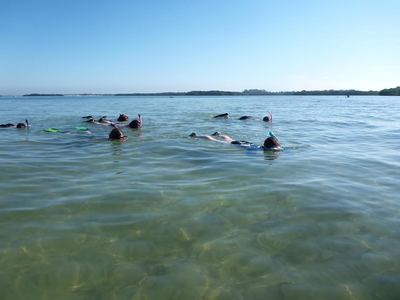
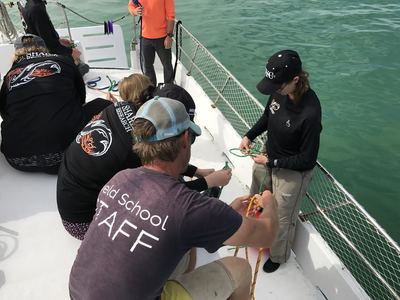
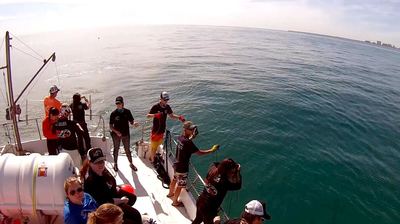
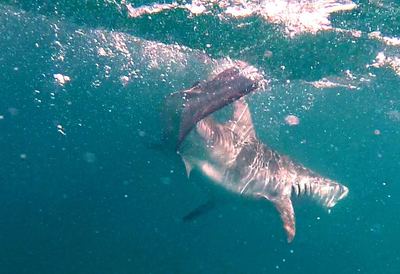
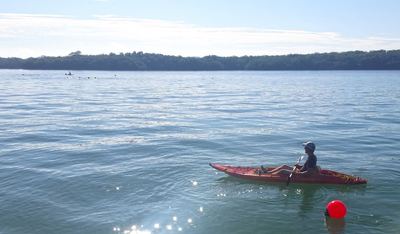
 RSS Feed
RSS Feed